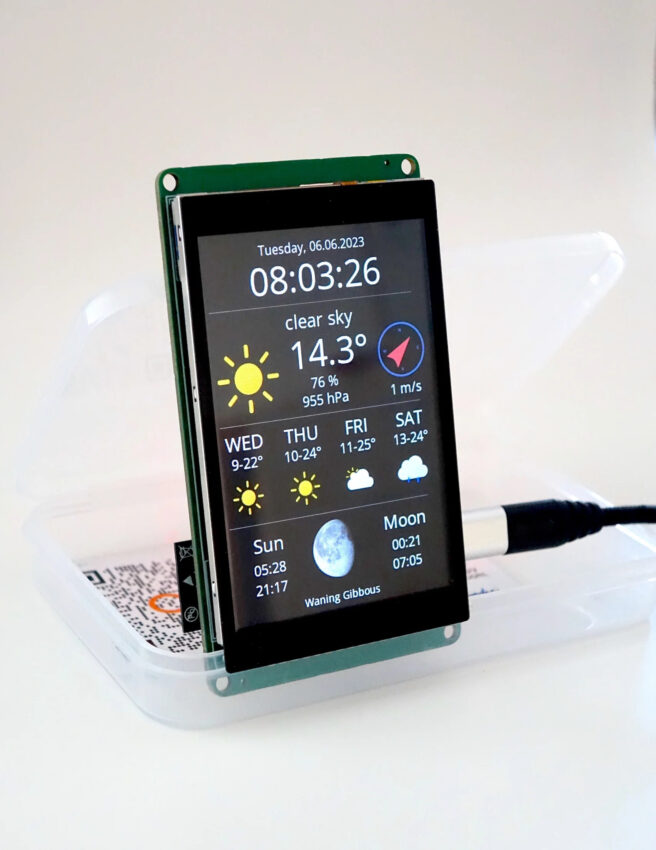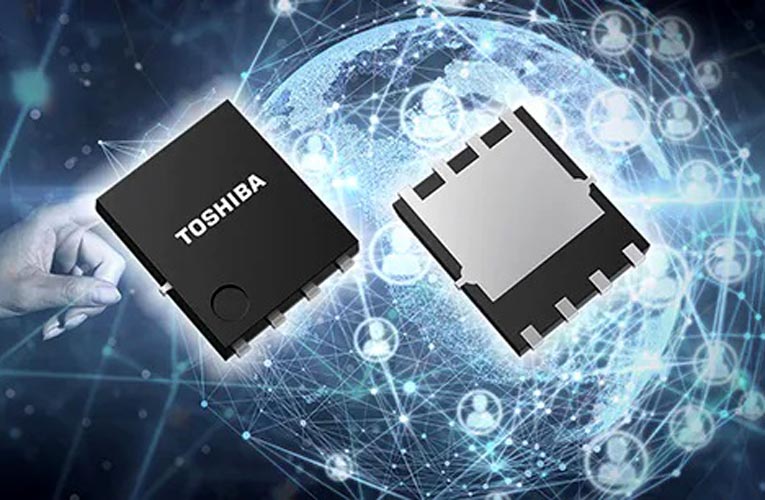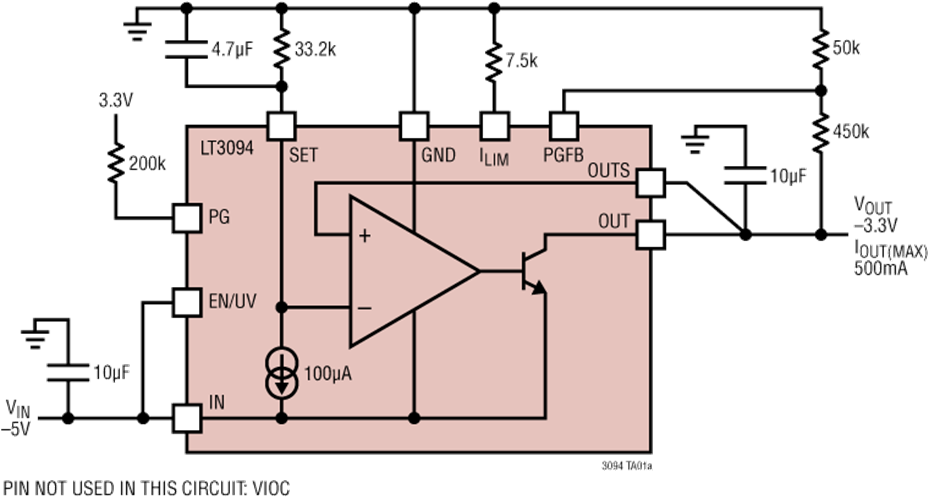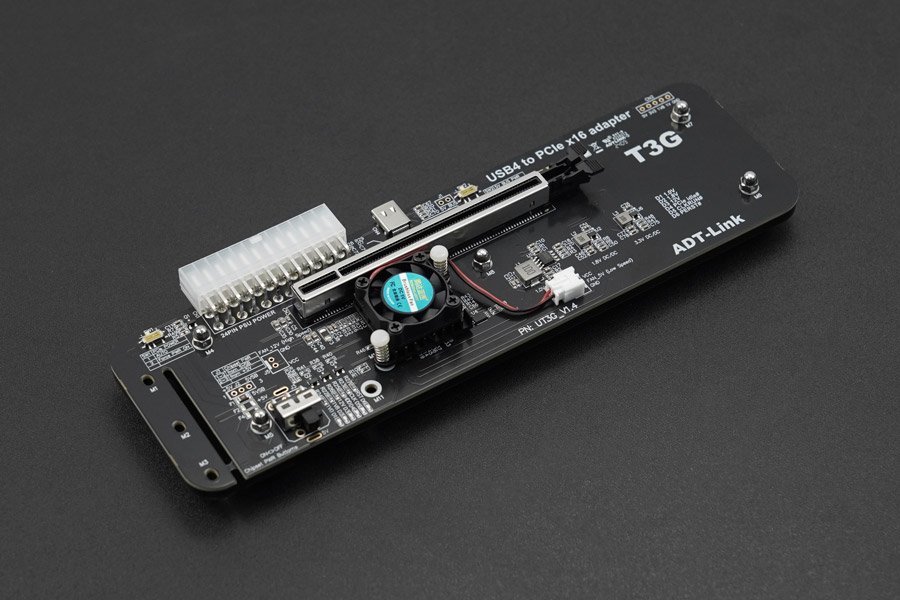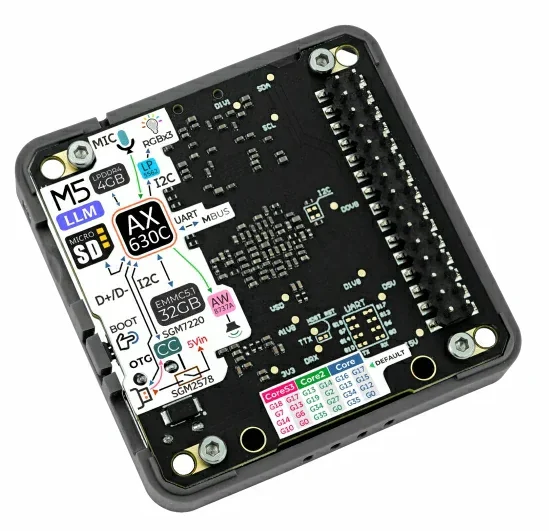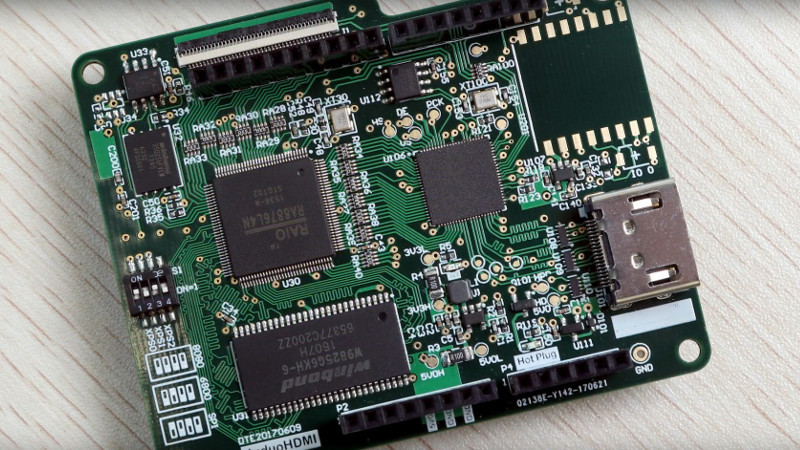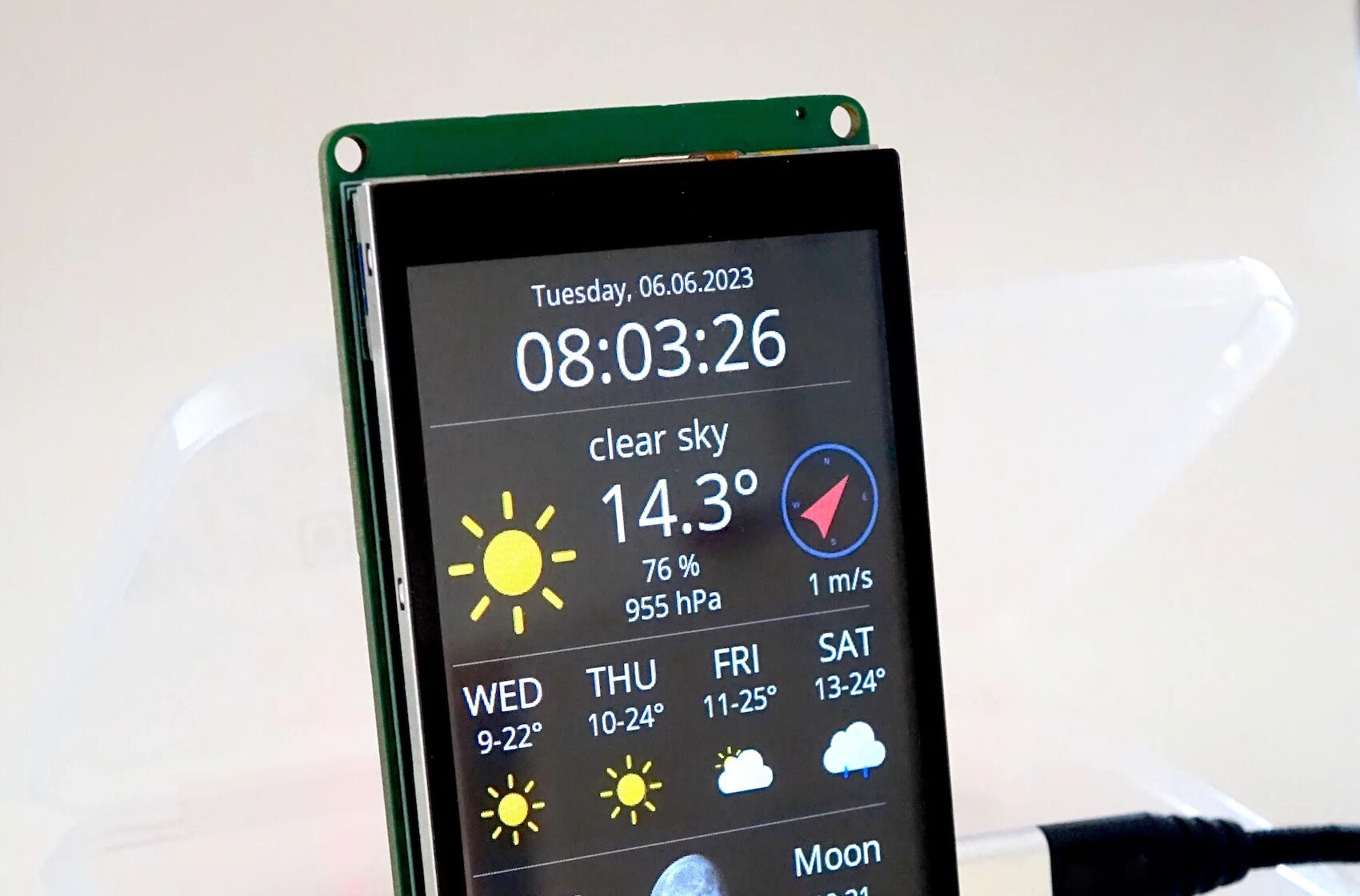
ESP32 Wi-Fi Colour Display Kit Grande: DIY IoT Enthusiast Display Kit
Starter kits prove to be an essential commodity for beginners in all fields of work. Grabbing this opportunity, ThingPulse has announced a Wi-Fi Display Starter Kit for DIY IoT beginners to assist in their use cases and development. While the kit mainly focuses on IoT framework for functioning, the goal of the product is to set stepping stones for beginners on touch-based interaction.
With the exception of the USB cable, which can be easily replaced by a regular USB-C cable capable of data and charge transfer, Thingpulse has taken care of all the essential components needed for the kit to operate. The kit includes a 320 x 480 LCD touch display, a custom PCB for assembly, an ePulse Feather, double-sided foam adhesive, and pin headers. As usual, professional assistance may be required to solder the display connectors, so they are pre-soldered to the PCB. However, you must solder the microcontroller, the on/off switch, and the Grove connector. The Grove connector and on-off switch can be pre-soldered onto the PCB at the time of purchase as an option. Here is a link to the assembly instructions video.
The Low-Power, Efficient ePulse Feather Powers this Kit
Powering the whole kit is an ePulse Feather microcontroller, equipped with a Wrover-E module which aids in tethering this kit with wireless communication capabilities via Wi-Fi and Bluetooth LE. The ePulse Feather is an ESP32-based development board with an Adafruit Feather form factor. It comes with expansion capabilities that are enough for novices and may be further expanded by IoT design specialists with pin-outs.
Additionally, it features USB-C for power and fast UART data transfer, making it a board that emphasizes efficiency and power conservation by implementing idle sleep when the device is not actively running any task. This fact is, again, emphasised by the presence of dedicated circuitry for Li-Po batteries of voltage value 3V- 6V.
While most ESP32 and ESP8266 boards consume around 100 – 130uA, the ePulse Feather consumes between 12uA (above 3.3V) and 27uA (below 3.3V) during deep sleep.
Connectivity and Expandability of ePulse Feather
As discussed earlier, the ePulse Feather supports wireless communication protocols via Wi-Fi and Bluetooth LE. The kit, thus taps into the vast potential of interconnected IoT devices with the addition of touch-integrated applications.
Despite having a USB-C with a fast CH9102F UART chip, the ePulse Feather uses the I2C Grove connector and pin-outs on the board to connect to a variety of peripherals and devices. However, the touch display still remains the key peripheral in this kit for interaction.
Application and Development Support
With the availability of 8MB of PSRAM and 8MB of flash memory, the microcontroller can run small IoT applications as well as embedded machine learning. However, the display included in the kit will likely use this memory as a graphics buffer.
Even without these features, the kit is compatible with a large selection of ESP-32 libraries and has native support for running any normal ESP-32 application with access to all the IoT features and connections available on the board. The display, additionally, is also usable for just displaying information and statistics.
Compared to other proprietary solutions, programming and debugging for this starter kit are much smoother tasks, thanks to the widely renowned platform of the ESP-32. To add to this advantage, you can also find prebuilt applications and libraries on the likes of GitHub and so on.
Prospects for DIY Development
For designing your applications, Thingpulse recommends using the Arduino IDE software with ESP-32 extensions or using an Arduino IDE extension in Visual Studio Code for optimum results. The platform supports C/C++, Micropython, Javascript and Lua as programming languages for the development of applications.
It is necessary for a developer to include a display.h file to enable touch interaction in this kit. The sample project in the GitHub repository has header files that contain functions to customize touch interaction functionalities. It is important to note that the sample project already includes the option to obtain touch coordinates, ensuring that the display is properly wired.
Despite the fact that some people may find the connectivity and expandability of this kit to be underwhelming, it is sufficient as a tool for beginners to use when integrating IoT devices, and experts can still use wireless connectivity and the PCB’s customizability to make up for some of the kit’s shortcomings. On the official Thingpulse website, the ESP32 Wi-Fi Colour Display Kit Grande is available for purchase for $39.00.





